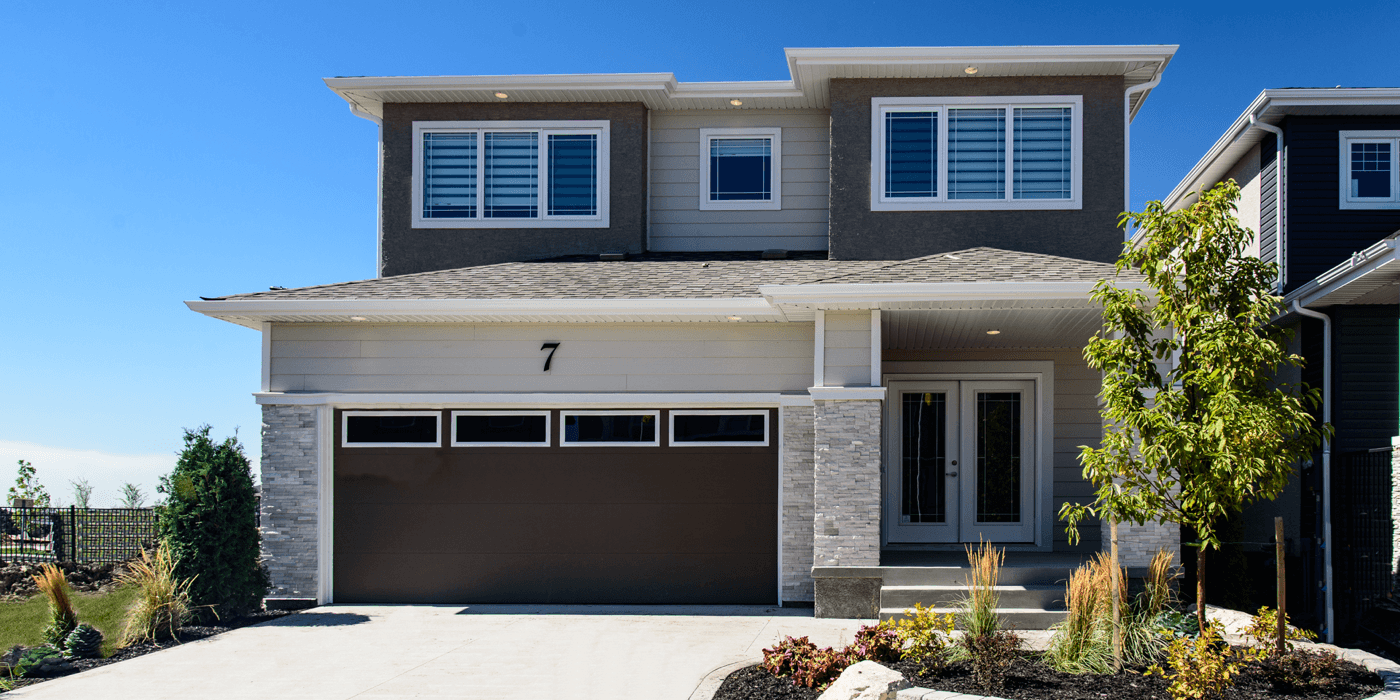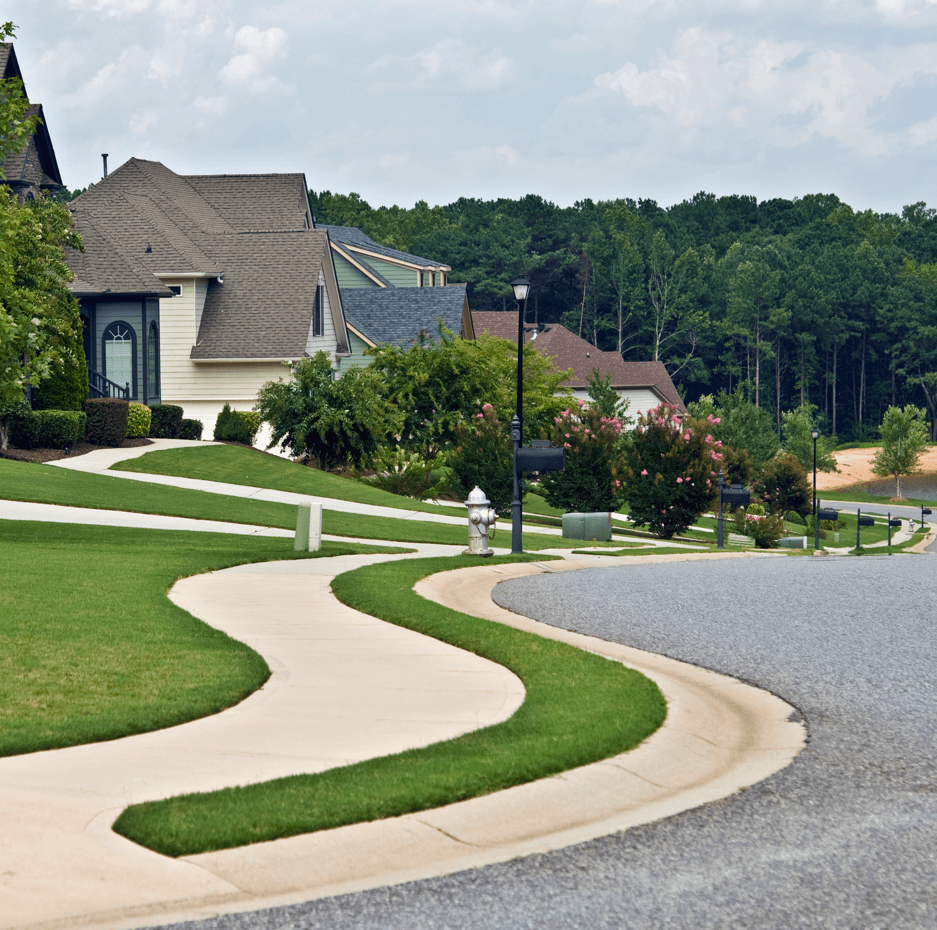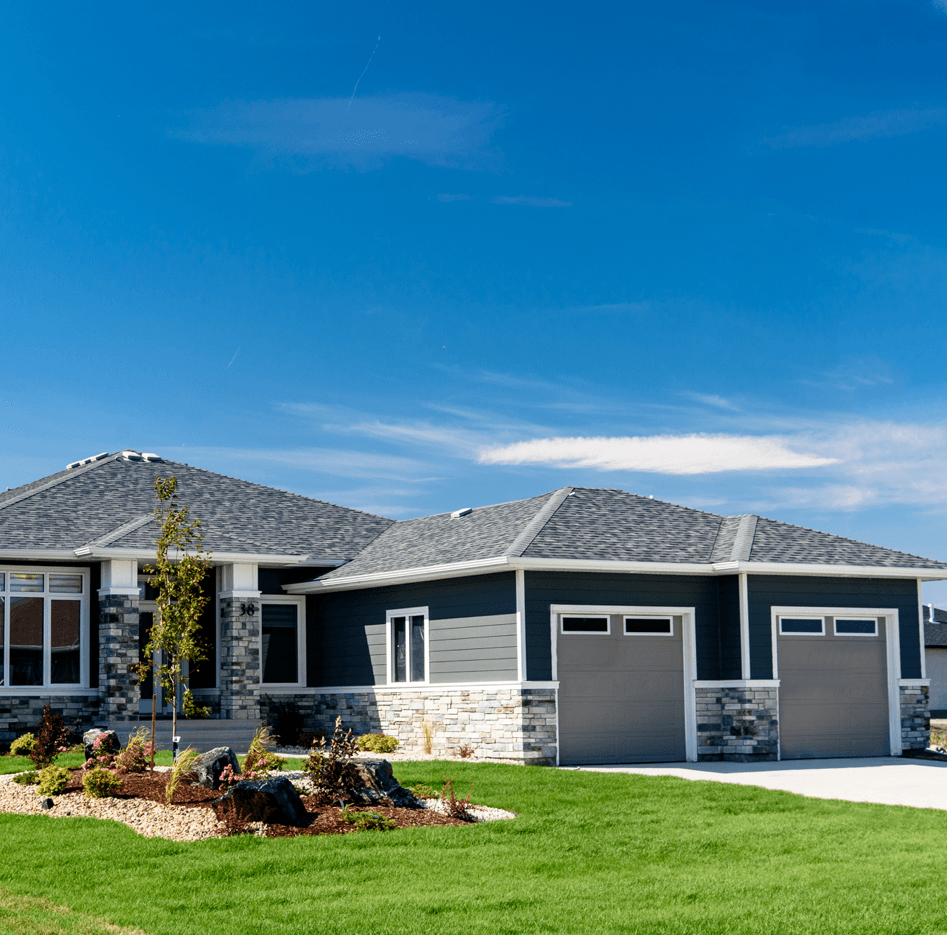
When it comes to buying or building in any of Winnipeg’s great new neighbourhoods, many homeowners naturally have questions or concerns about community guidelines.
After all, you’ve just bought a brand new home, why should the developer have any say on how you choose to decorate the exterior? And who are they to decide what’s permitted and what’s not?
But once you understand the purpose of these guidelines, things will make a lot more sense. Community guidelines aren’t just needless rules; they’re part of a long-term vision to ensure the health, happiness, and new home value of the community’s residents.
Here’s what we mean:
Why Communities Have Guidelines
For most people, buying a home is the biggest purchase they’ll ever make. Community guidelines exist because planned communities have a shared vision that includes safeguarding the value of your home and your investment as a whole.
Yes, of course, community guidelines mean there are some restrictions in architectural styles, zoning regulations, and the way that homes can be decorated (on the exterior). For example, within the first few years of owning your own home, you may only be allowed certain colours of decorative rock or particular types of shrubbery. This creates a valuable and uniform look to the neighbourhood, but they’re not strict, top-down decisions that turn every home into a carbon copy of its neighbours.
A successful planned community has guidelines that harmoniously create a greater whole that is more than just the sum of its parts. Community guidelines create a feeling, an ambience, and a tasteful expression that reflects the people who live there. And, they ensure a neighbour’s mistakes will never negatively impact the value of your home.

How to Work Within Community Guidelines
Instead of looking at community guidelines as restrictions, think of them as what they are – guidelines.
Just as hockey rinks have guidelines to ensure fair play, so too do communities have pseudo-rules to ensure that everyone in the neighbourhood has a fair chance to live in a beautiful home. They’re also in place to ensure homes are safe. Building homes or adding additions to existing homes willy-nilly could cause a home to catch fire and endanger neighbours.
Guidelines Help Build Communities
On a map, any random collection of homes, shops, and schools can be labelled as a community. But when people talk about community and what it means to them, it’s much more than just a label on a map.
The best communities start off with a grand vision long before the first spade of dirt is turned. By incorporating walking trails, landscaped paths, green spaces, and streets where children can play, communities offer everything needed to build a real neighbourhood. In some senses, a community is like a city in miniature where everything you need is close to hand.

Guidelines Are Stewardship Tools
Designing, building, and operating a community is much more than just creating blueprints and constructing homes. Things that you never see like sewage systems, storm drains, and natural areas that help filter out noise all play a vital role in the health of a neighbourhood. Guidelines also ensure that everything adheres to federal and provincial laws and regulations.
Even subtle things like designing streets to minimize through-traffic play a large role. Parks and recreational centres are not just places to enjoy your free time but also a place to socialize with your neighbours.
Once you begin to understand the role that community guidelines play, you’ll welcome them for all the good they do – such as keep you safe, ensure long-term planning for future issues, and protect your financial investment. Simply put, community guidelines are a vital resource for the long-term health, happiness, and enjoyment of all residents. If you have questions or concerns, talk to your builder – not only will a reputable Winnipeg builder help you find the home of your dreams, but a winning community to match.




